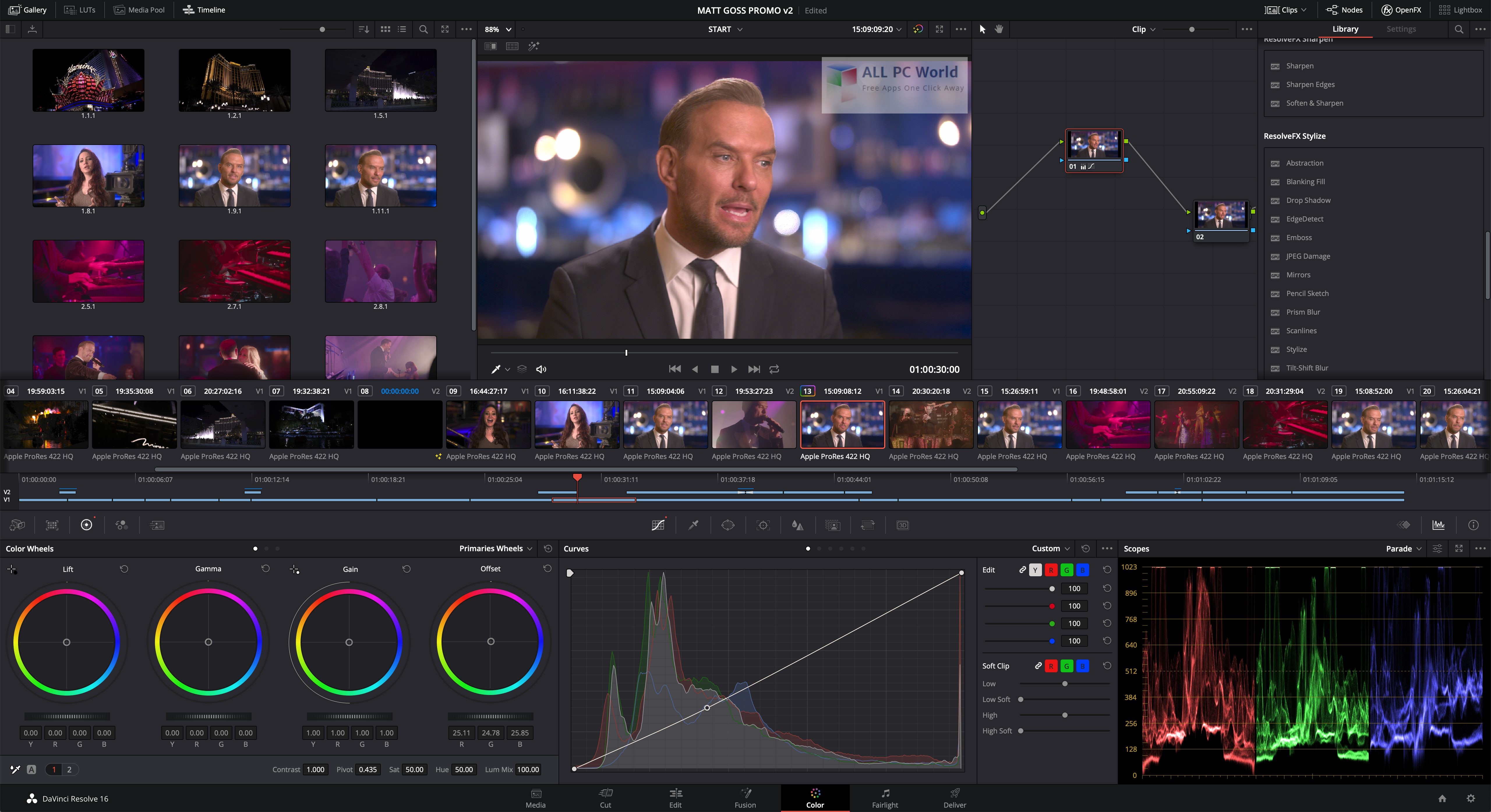
If you have not read either I highly suggest them. Those were books like the ones by Walter Murch’s “Blink Of An Eye,” or “Reflections” by Benjamin Bergery. When it comes to books on craft (writing, editing, shooting, and directing) I feel like I’ve read them all. Captivating prose and visceral vernacular do not grace the pages because the DaVinci Resolve 12.5 Editing book is all about editing, specifically the act of using DaVinci Resolve 12.5 to edit and how.

It took me awhile to read the DaVinci Resolve 12.5 Editing book. Double-click to open your timeline in Resolve’s NLE if it didn’t do so automatically.I cannot tell a lie. Your timeline should appear in the Media Pool in the left hand column with a white film strip in the corner of the thumbnail. Importing 4K media or long-running films with lots of clips this way will crash Resolve. It’s possible to do this for smaller projects, but for larger projects this is not recommended. MAKE SURE “AUTOMATICALLY IMPORT SOURCE CLIPS INTO MEDIA POOL” IS UNCHECKED. Navigate to where you stored your AAF/XML and click “Open.”Ī dialogue box pops up which looks like this: In the Edit tab, navigate to the top menu bar and select File>Import AAF, EDL, XML… (or right-click anywhere in the gray and select Import). You can always decide to split these clips later, but if Resolve recognizes them as separate from the getgo, there’s no way to stitch them back together.

If the box is CHECKED, you will have to grade them separately.Įither one is fine, but it’s important to make this decision before importing your XML. If this box is UNCHECKED, Resolve will apply the same color correction to all of them at once.


Resolve is smart enough to know when you have different parts of the same source clip intercut throughout your sequence. Find the very first box which says “ Use local version for new clips in timeline.” Open the soft preferences menu (gear icon in the bottom right corner) and look under Color>Timeline Settings. This guide will walk you through how to import your sequence and get coloring. DaVinci Resolve neatly reconstructs your timeline using metadata: an AAF, XML, or EDL.


 0 kommentar(er)
0 kommentar(er)
